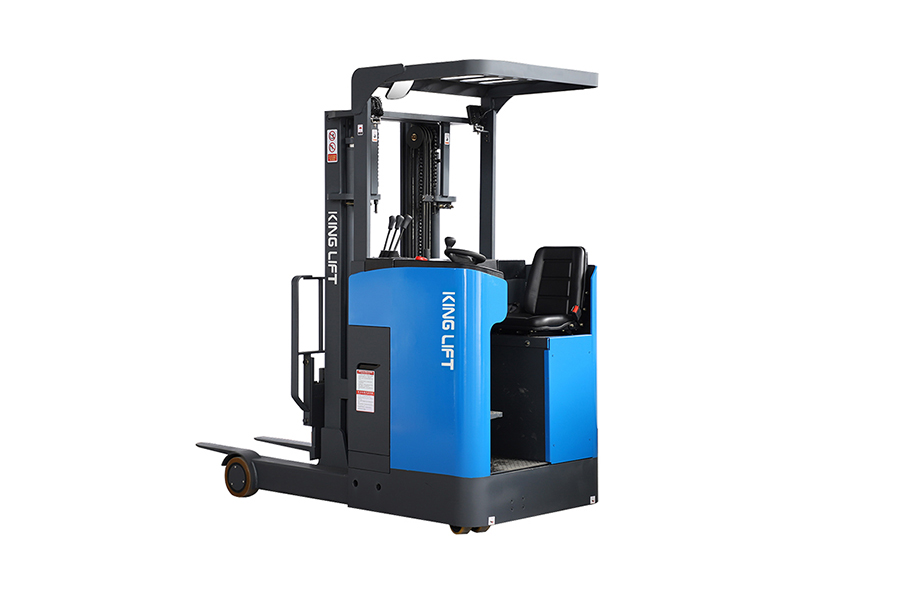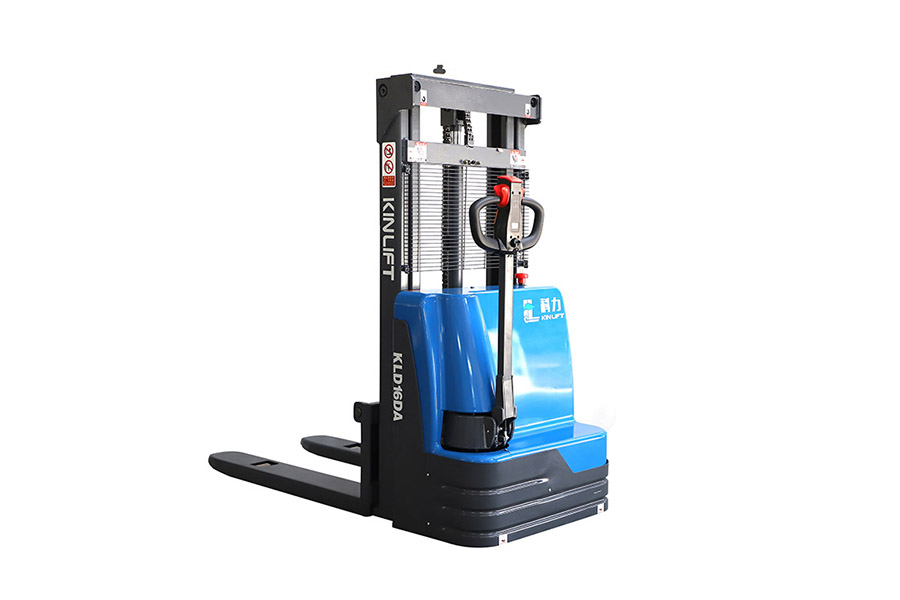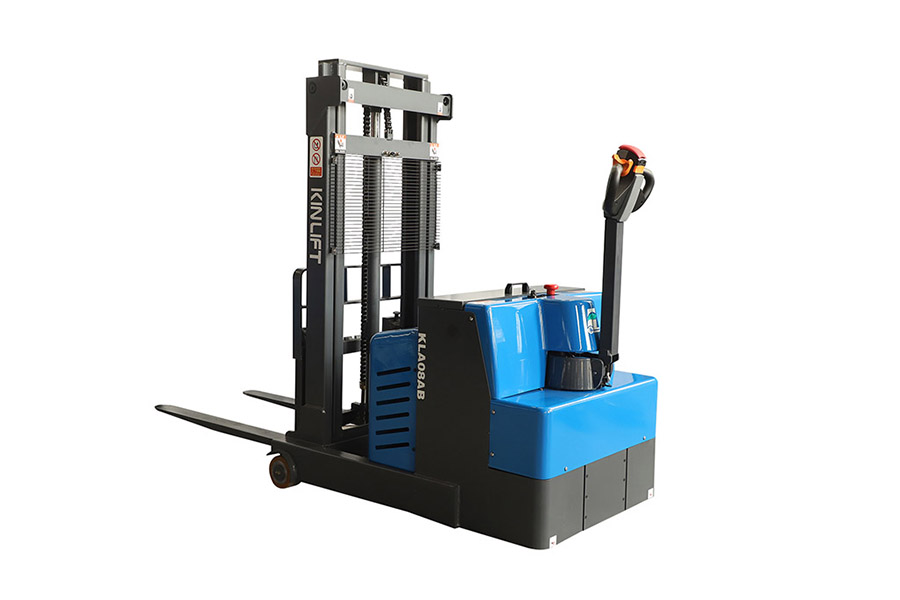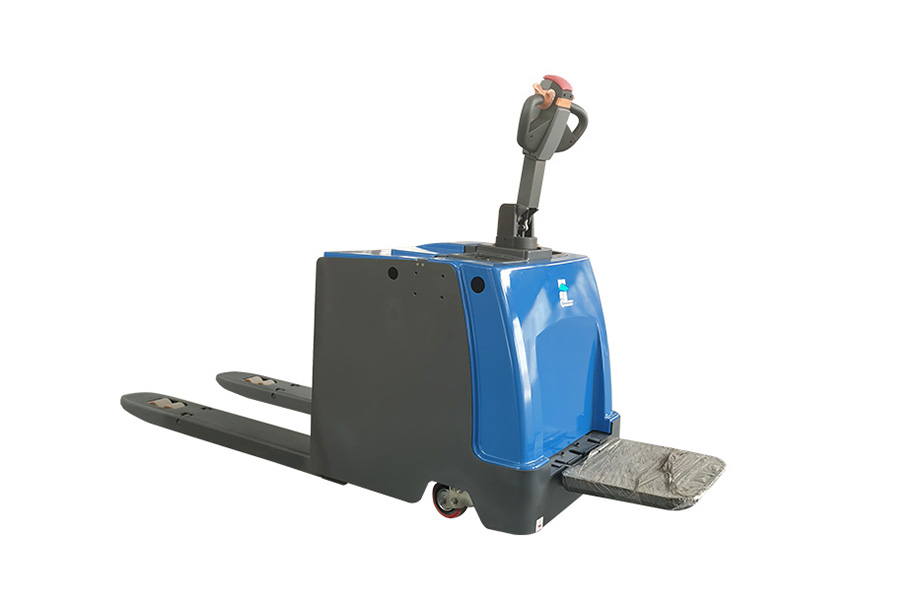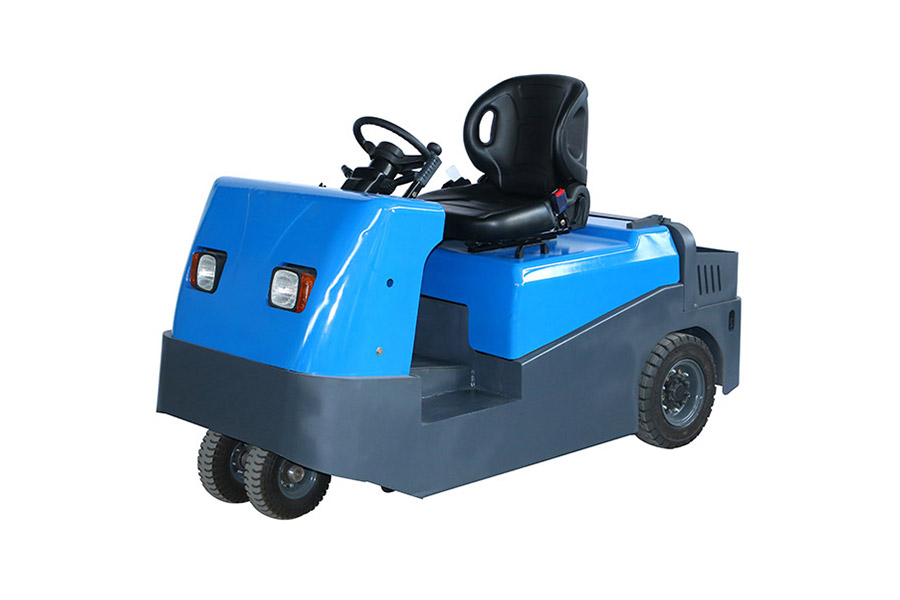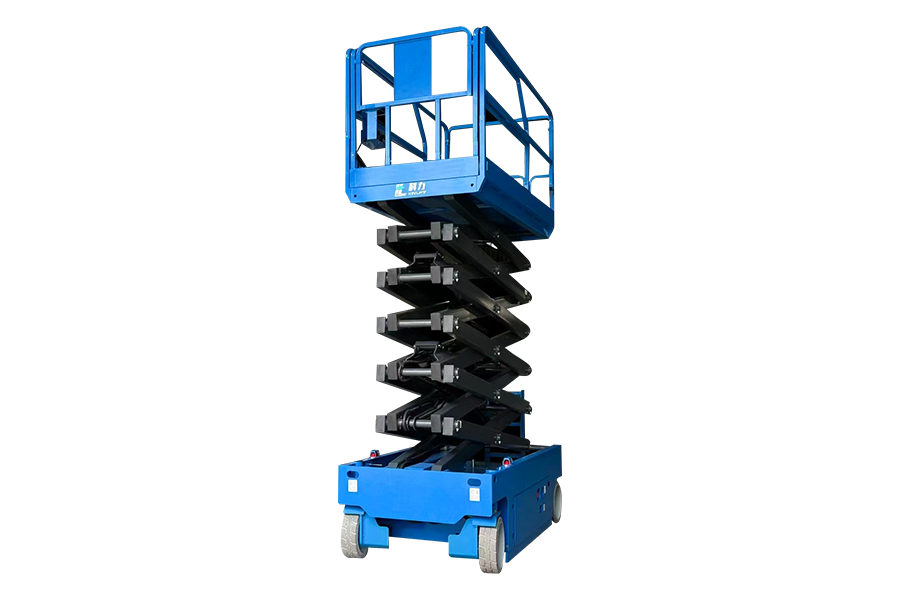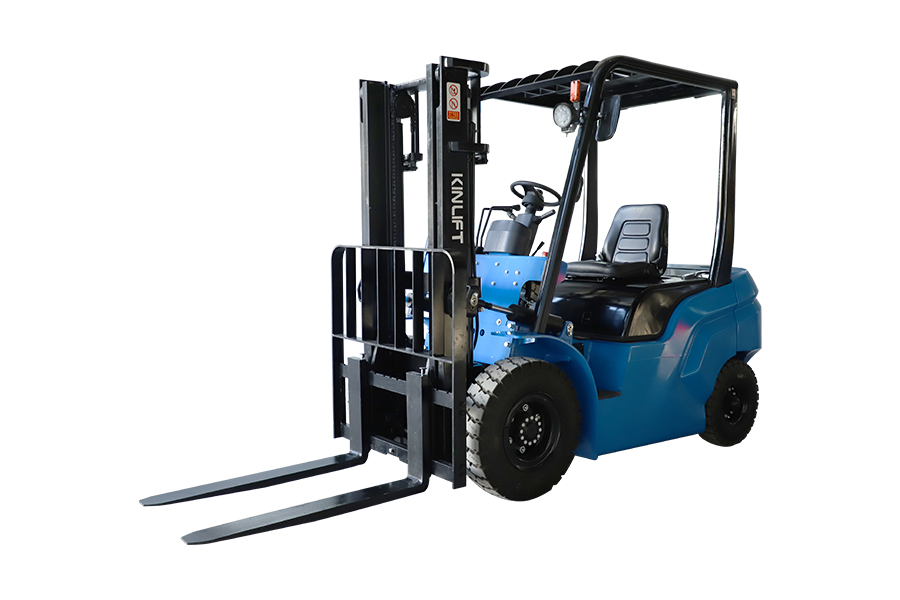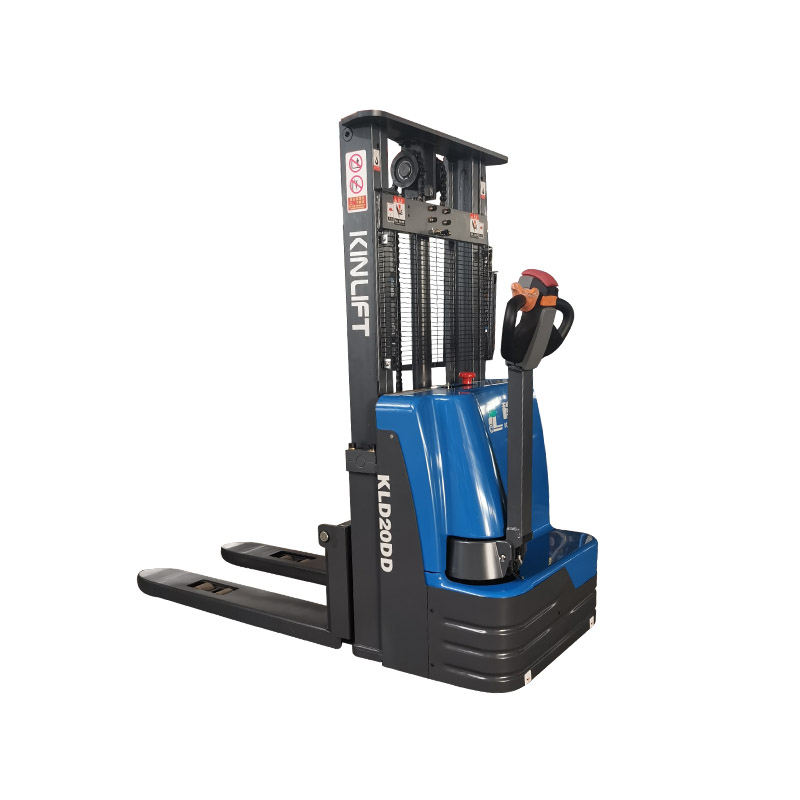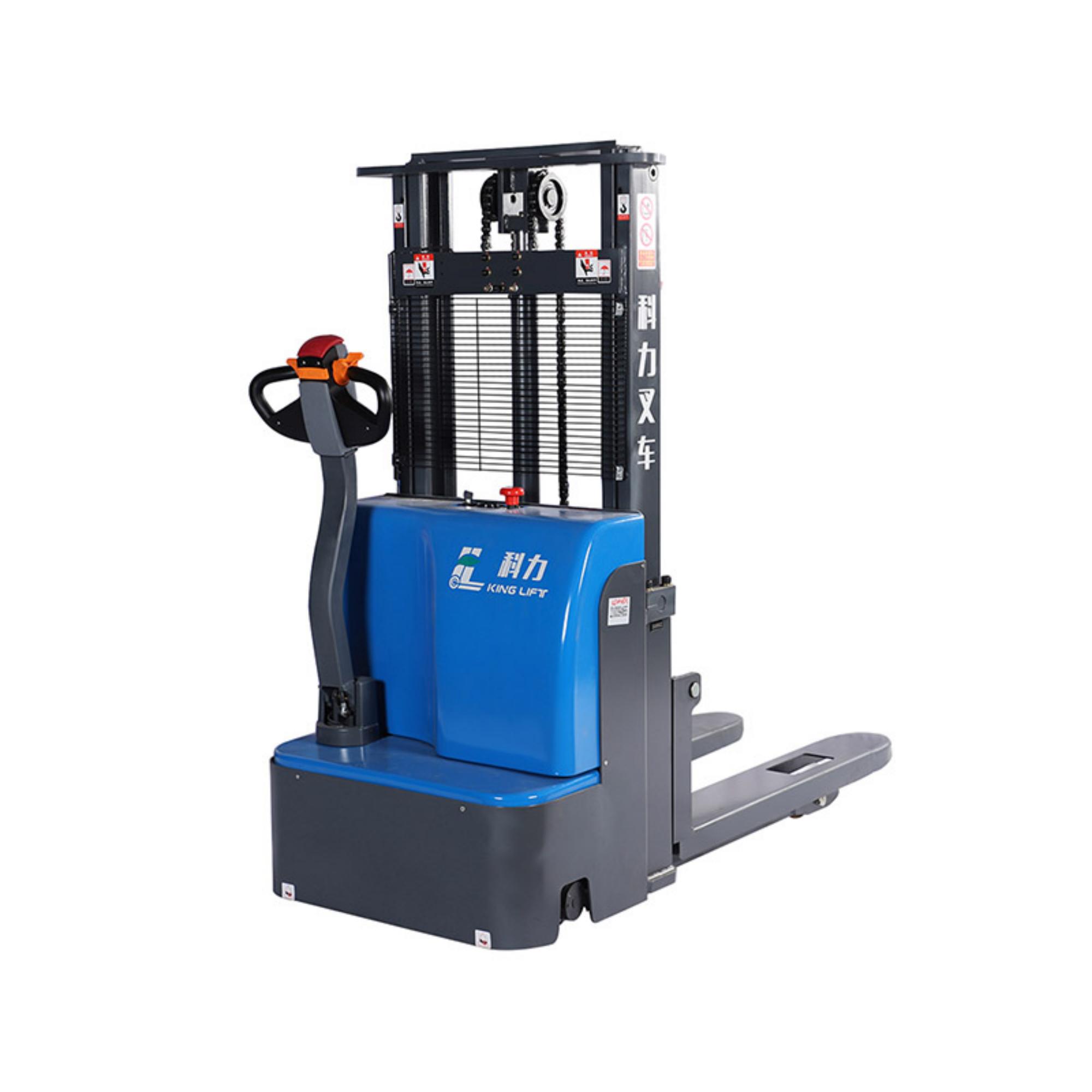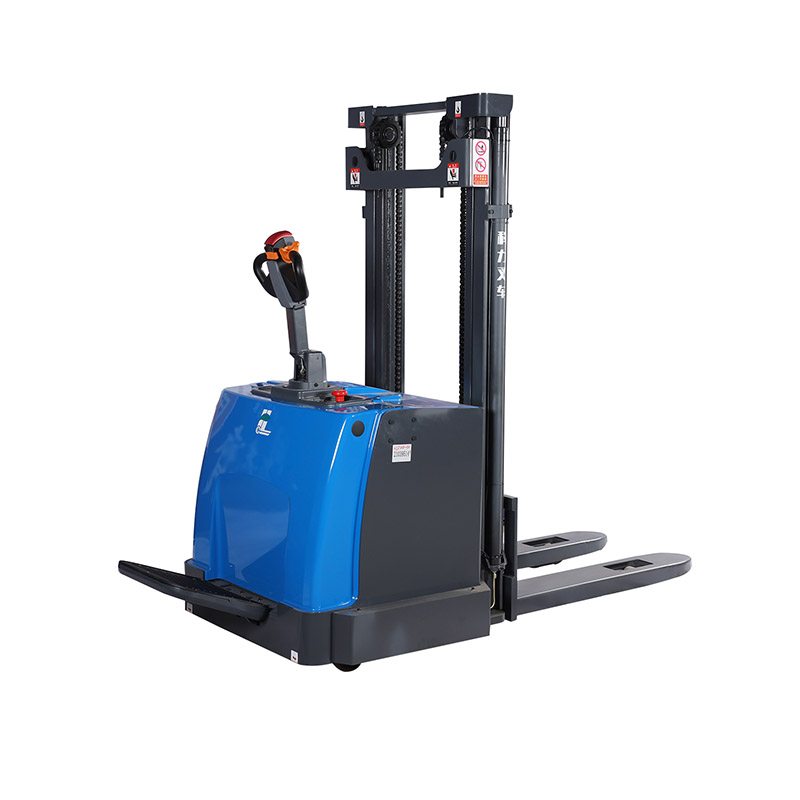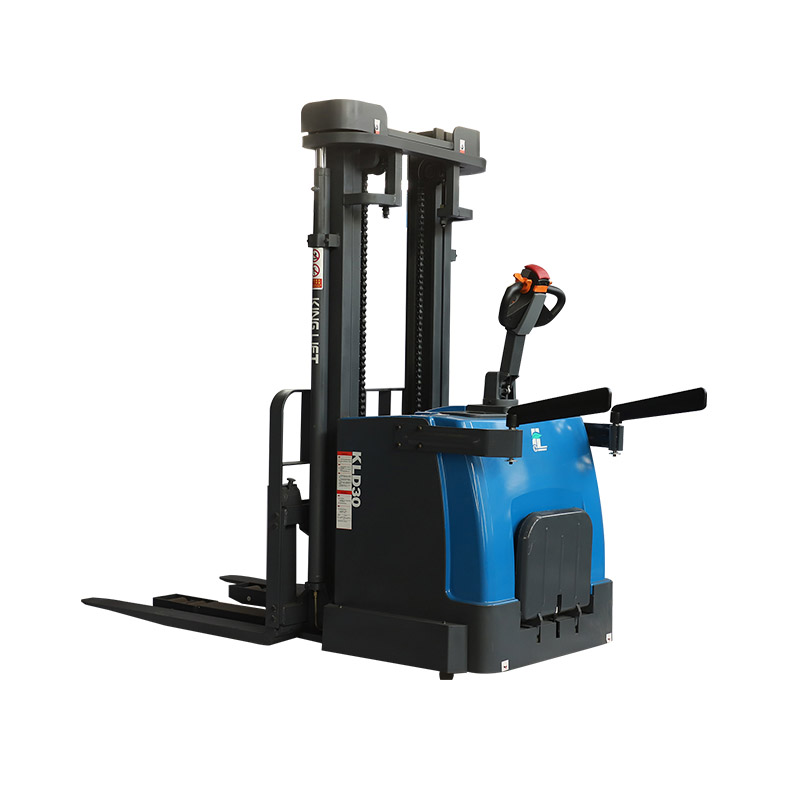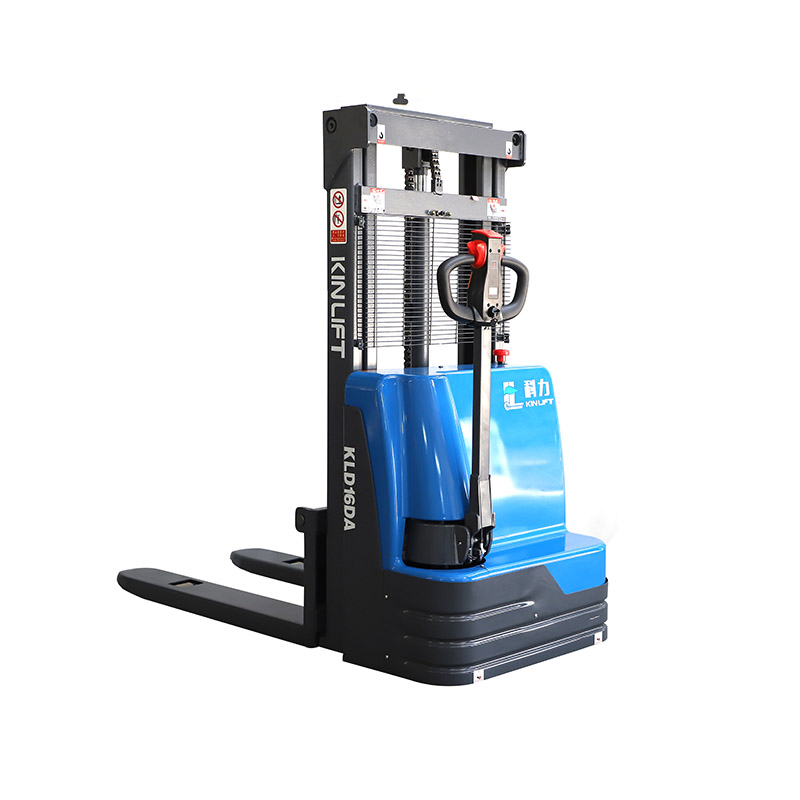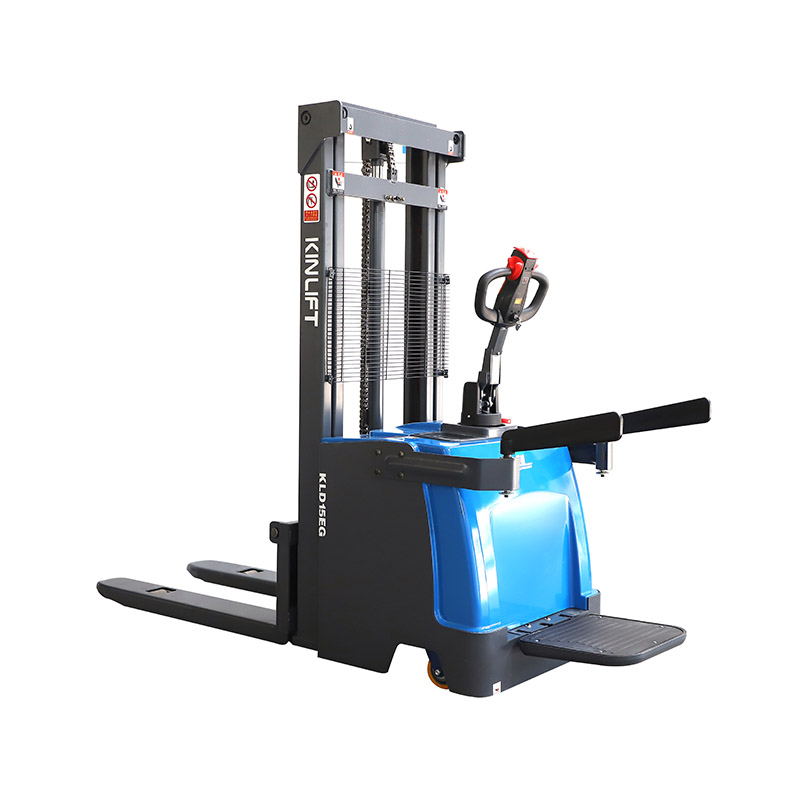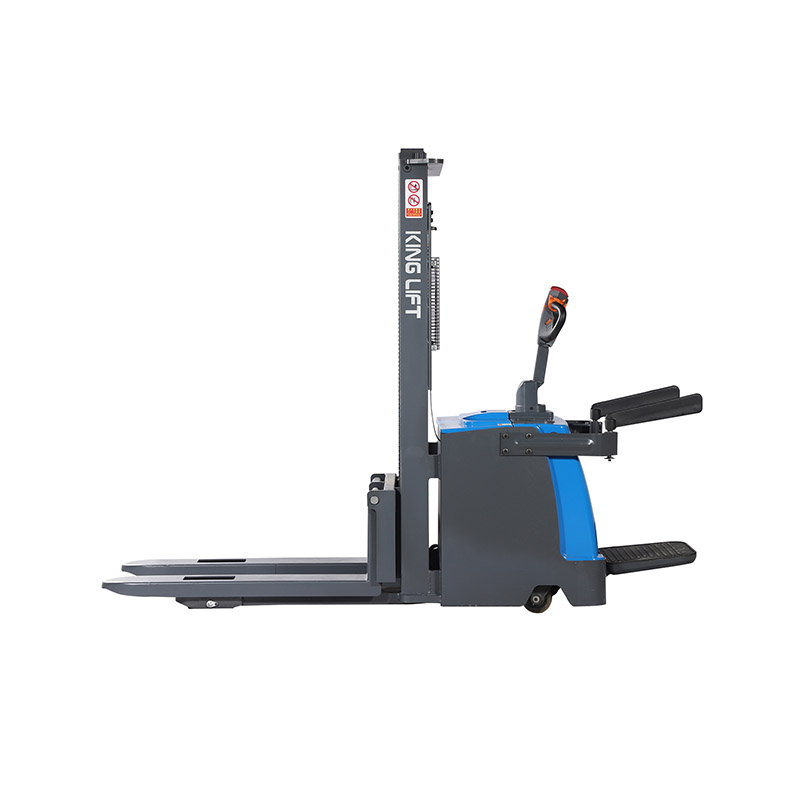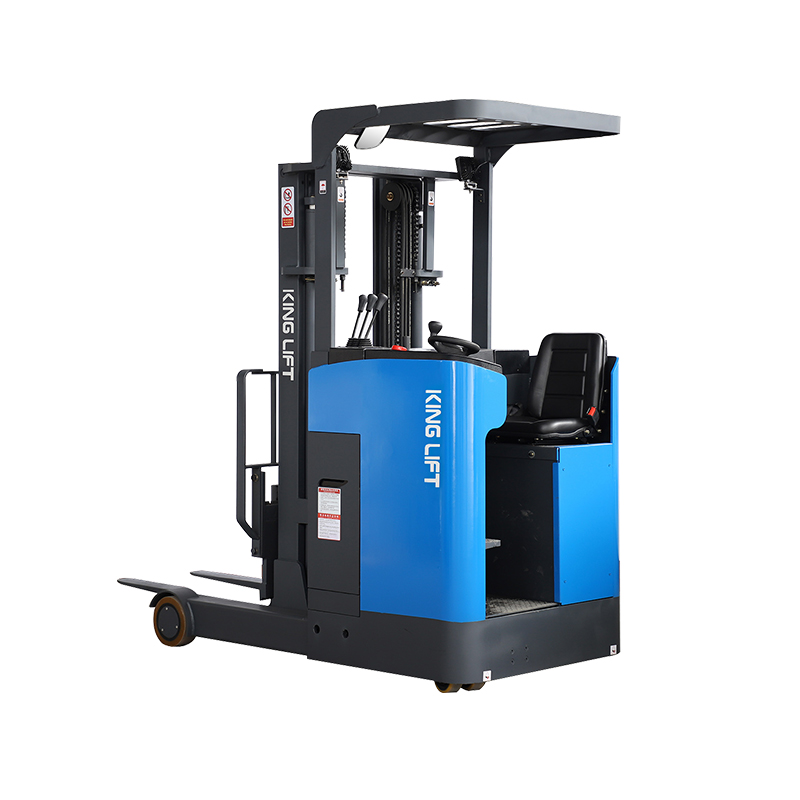Home / News / Industry News / The Impact of Power and Torque Characteristics of Electric Reach Forklifts on Different Operating Scenarios
In the warehousing and logistics industry, electric reach forklifts play a crucial role as essential handling equipment, with their power and torque characteristics significantly affecting efficiency and safety in various types of cargo and operating scenarios. Particularly in scenarios involving light and heavy goods in narrow spaces or uphill terrains, the selection of these characteristics is paramount, directly influencing the forklift's performance and safety.
1. Light Goods and Narrow Spaces
In operating scenarios requiring the handling of light goods in narrow passages, the power and torque characteristics of electric reach forklifts are pivotal. Typically, these scenarios demand high maneuverability and flexibility from the forklift to operate efficiently within limited spaces.
Power Characteristics: Moderation is key for this situation. Forklifts need adequate power to accelerate and decelerate quickly for swift cargo handling and turning within narrow passages. However, excessive power may lead to overly agile movements, making it challenging to control the forklift and increasing the risk of accidents.
Torque Characteristics: When handling light goods, smaller torque is often more suitable as it provides sufficient power for starting and driving while avoiding excessive force that could damage the cargo. Additionally, smaller torque facilitates precise operations in confined spaces, enhancing operational efficiency.
For scenarios involving light goods and narrow spaces, opting for moderate power and smaller torque characteristics ensures electric reach forklifts possess sufficient maneuverability and flexibility to efficiently accomplish handling tasks within limited spaces.
2. Heavy Goods and Uphill Terrains
Compared to handling light goods, scenarios involving heavy goods and operating on steep slopes impose higher demands on the power and torque characteristics of electric reach forklifts.
Power Characteristics: In such situations, higher power is crucial. Heavy goods typically require more power to start and move, while operating on uphill terrains demands overcoming gravity and terrain resistance. Therefore, forklifts with higher power can accelerate faster and maintain stable operation, thereby enhancing handling efficiency and safety.
Torque Characteristics: Unlike light goods, handling heavy goods and navigating uphill terrains necessitates greater torque. Increased torque provides extra power to tackle the challenges of weight and inclines, ensuring the forklift moves steadily and secures the cargo. Moreover, larger torque reduces the risk of slippage when climbing, improving traction.
For handling heavy goods and uphill terrains, selecting electric reach forklifts with higher power and torque characteristics ensures they have sufficient power and stability to cope with the challenges posed by handling weight and challenging terrains.
By appropriately selecting power and torque characteristics based on the requirements of different cargo types in various operating scenarios, it's possible to maximize the efficiency, safety, and reliability of electric reach forklifts, thereby bringing greater value and competitive advantage to the warehousing and logistics industry operations.
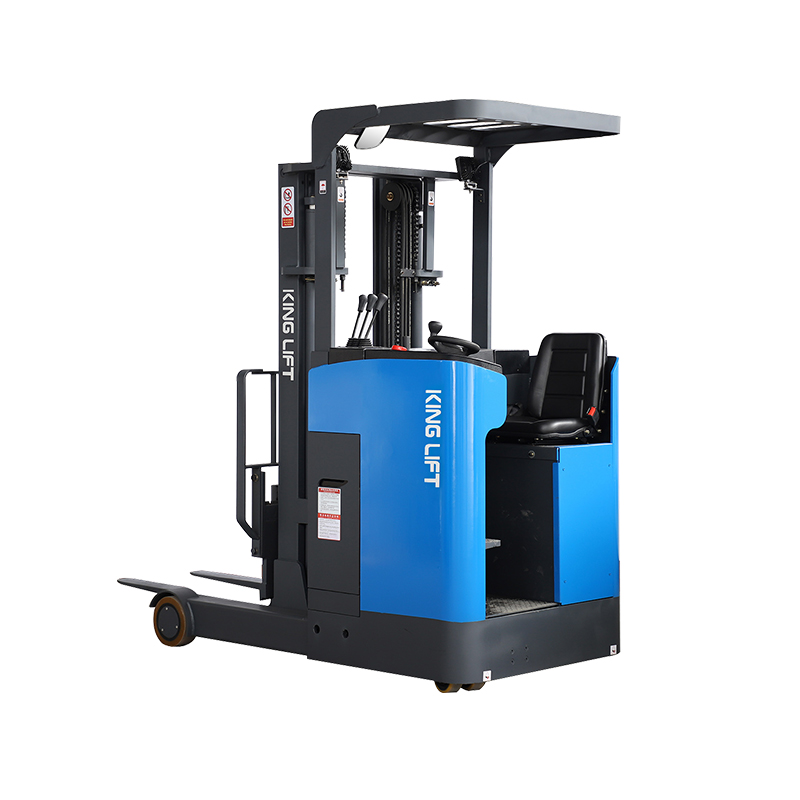



 English
English русский
русский